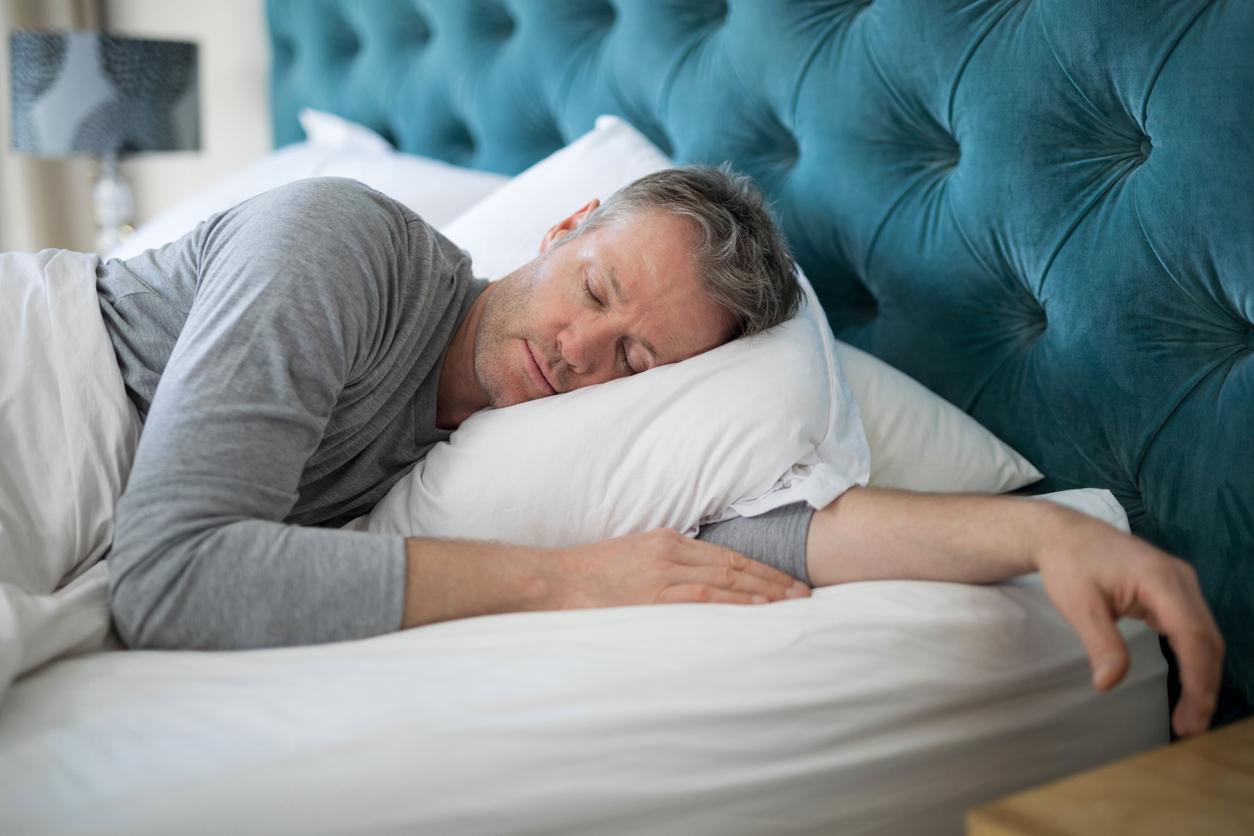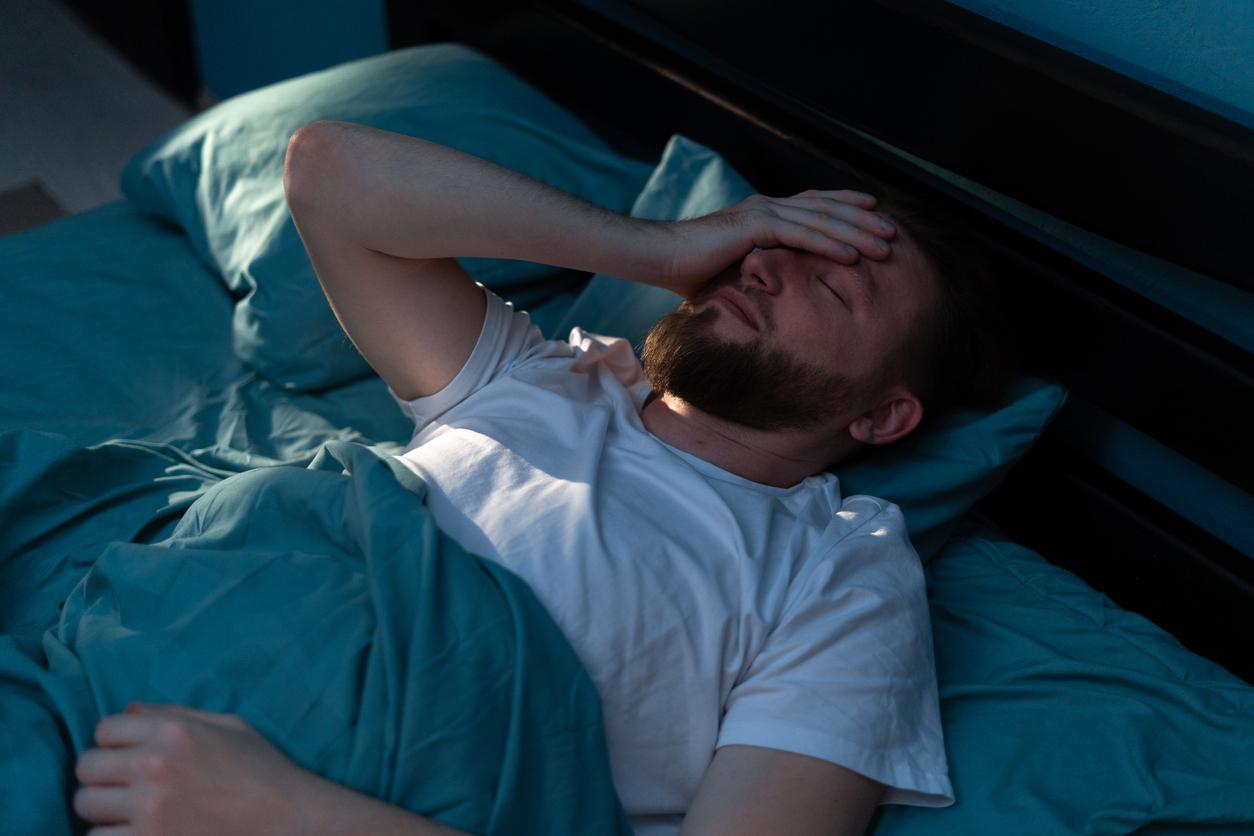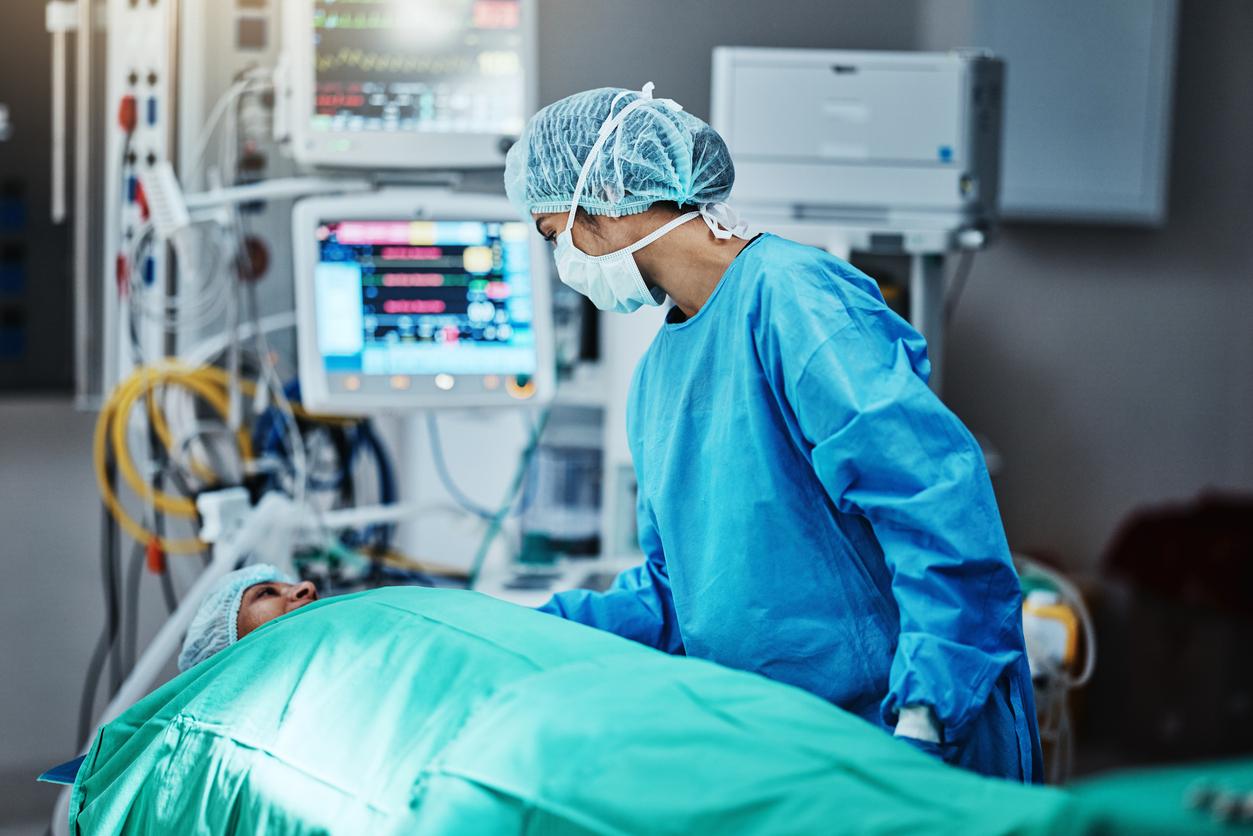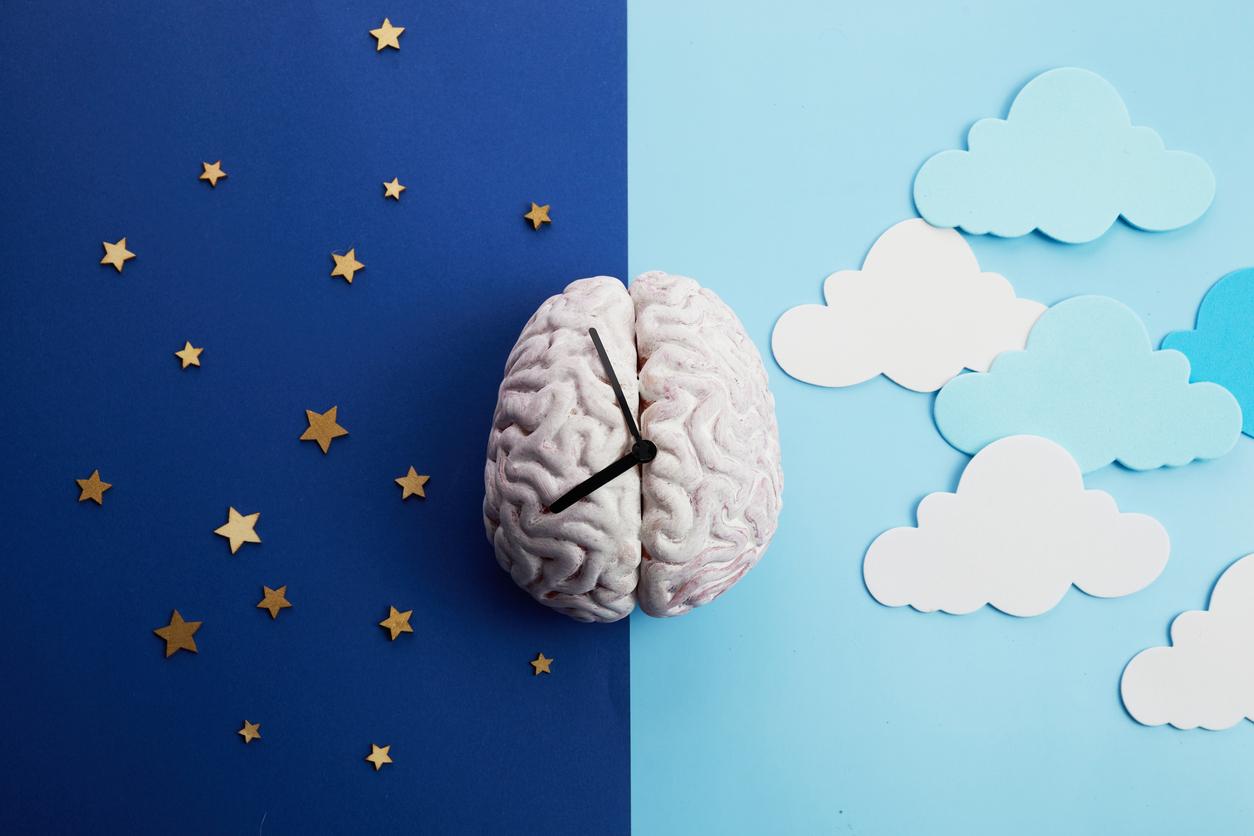According to a study carried out on 40 people, a short nap during a car journey makes it possible to recover more effectively than a break without sleep: the level of drowsiness is lower and alertness is greater.
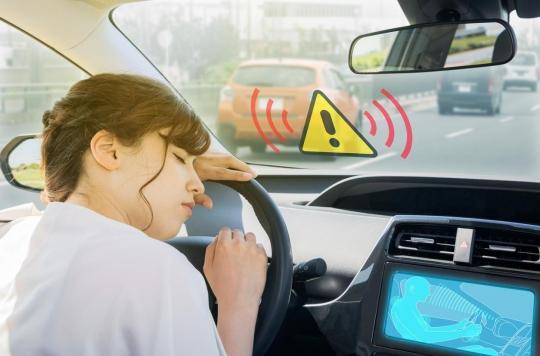
- Drowsy driving is the cause of many accidents
- According to a study conducted by the association of French motorway companies confirms the interest of regular breaks during trips
- The alertness of drivers who slept during a nap is better than that of those who only took a break
Drowsiness is the first cause of fatal accidents on the road according to the Association of French Motorway Companies (AFSA). It is recommended to take breaks every two hours to recover during long car journeys. According to a study financed by the Vinci Autoroutes foundation, it would be more effective to take a short nap at midday.
A three-day trial
40 people took part in the study, led by Damien Davenne, chronobiologist, professor at the University of Caen Normandy and director of the COMETE2 INSERM/ Unicaen joint research unit dedicated to mobility. All had slept at least eight hours in the three nights preceding the experiment. The research team fitted them with electrodes to record information about anxiety, fatigue and drowsiness.
The participants drove two hours in the morning on a simulator, then they had a snack and then took a break. The researchers divided them into three groups: one stayed awake, another took a nap in a bed, and the last lay down in a car-like seat. These last two groups slept during the break, but not the first. All participants then resumed driving on the simulator for a duration of two hours. The experiment lasted three days during which each person tested the three situations.
A significant risk reduction thanks to the nap
Whatever the type of break taken, it reduces fatigue: the researchers found that it is 25% less after the two-hour break, compared to the results obtained before lunch. On the other hand, not all breaks are created equal: according to the results, drivers who have not slept are more quickly tired when they get back on the road. 20 minutes after the beginning of the journey in the afternoon, their state of fatigue was greater than that observed at the end of the morning. The finding was the opposite for drivers who slept at noon.
Sleeping during a lunch break reduces drowsiness by 39% after one hour of driving and increases alertness by 21%. The most effective stop is when the person sleeps in a bed, but taking a nap in the car seat is still much more effective than no sleep. “The results confirm that there is indeed a “natural” drop in alertness at the start of the afternoon and attest to the effectiveness of the nap as a countermeasure to this drop in alertness and increased fatigue, explains Damien Davenne. Incorporating a short midday nap into your daily life is a good way to maintain performance, no matter what. either its activity; when driving, it’s essential.”
Practical advice to reduce the risks
To reduce the risk of falling asleep at the wheel, a few precautions are necessary. The Vinci Autoroutes Foundation recommends sleeping all night long in the days preceding departure, avoiding driving between 10 p.m. and 6 a.m. and hydrating often. If you plan to take a lunch break on the road, the ideal is to take a nap of 15 to 20 minutes after your meal to get back behind the wheel safely.


.









